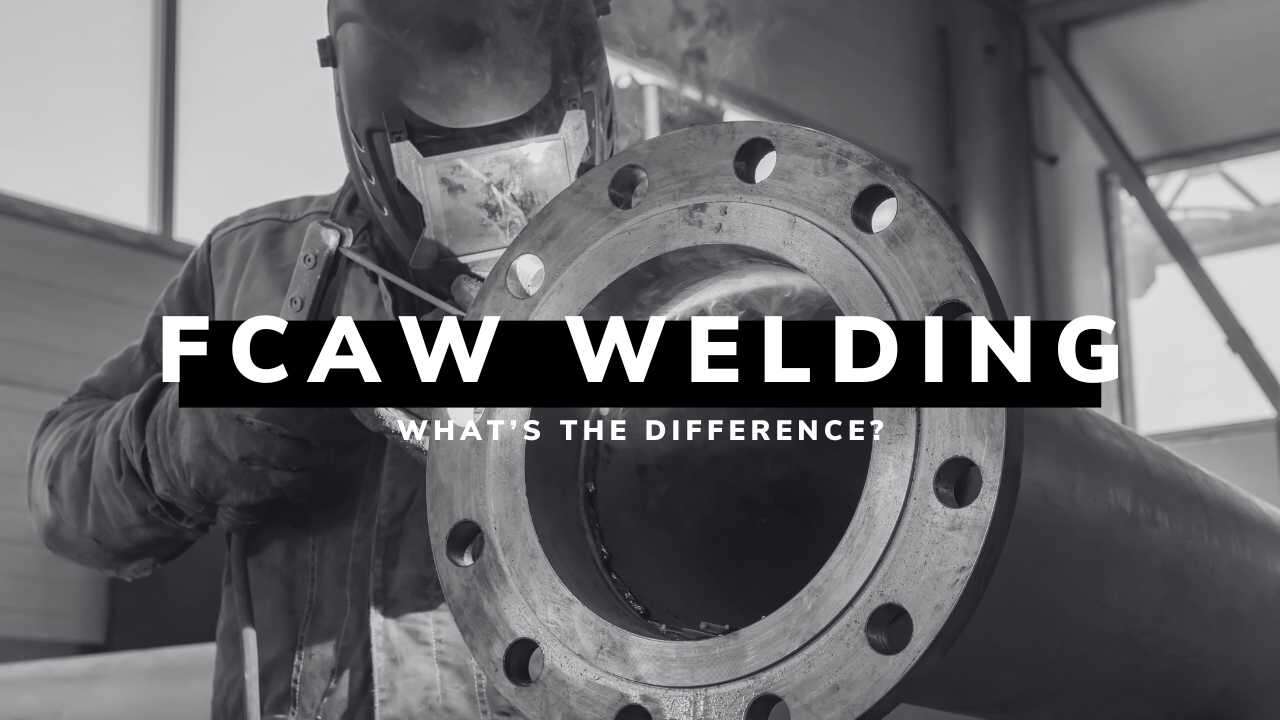Appendix
Introduction
Welding is a cornerstone of modern manufacturing and construction, with various techniques tailored to specific needs. Two commonly used welding methods are Flux Cored Arc Welding (FCAW) and Metal Active Gas (MAG) welding. Each has unique strengths and applications, but how do they differ?
In this blog, we’ll explore the distinctions between these techniques, focusing on the advantages and challenges of FCAW welding. Learn more about FCAW welding services at Dew’s Foundry.
What is FCAW Welding?
Flux Cored Arc Welding (FCAW) is a semi-automatic or automatic welding process that uses a tubular wire filled with flux as the electrode. Depending on the flux composition, FCAW can be performed with or without an external shielding gas.
Key Features of FCAW:
High deposition rate
Suitable for welding thicker materials
Effective in outdoor environments
Stat: According to the American Welding Society, FCAW is 20% faster than other arc welding processes in structural applications.
What is MAG Welding?
Metal Active Gas (MAG) welding is a subtype of Gas Metal Arc Welding (GMAW) that uses an active gas, such as CO2 or a mix of CO2 and Argon, as a shielding gas. This method is widely used for mild steel welding in industrial applications.
Key Features of MAG Welding:
High-quality welds
Ideal for thin and medium-thickness materials
Requires controlled indoor environments for optimal performance
Pro Tip: MAG welding is often confused with MIG welding; however, the choice of shielding gas differentiates the two.
Key Differences Between FCAW and MAG Welding
Difference 1: Shielding Mechanism
FCAW Welding: Uses a flux core within the wire to generate a protective gas shield. Can be self-shielded (no external gas) or gas-shielded (requires external gas).
MAG Welding: Relies solely on an external shielding gas to protect the weld from atmospheric contamination.
Difference 2: Applications
FCAW Welding: Ideal for outdoor and heavy-duty applications, such as shipbuilding, structural steelwork, and pipeline welding.
MAG Welding: Best suited for indoor environments and precision welding tasks, including automotive and light manufacturing projects.
Difference 3: Equipment Requirements
FCAW Welding: Requires specialized tubular wire and, in some cases, external gas cylinders.
MAG Welding: Needs a constant supply of active shielding gas, along with standard GMAW equipment.
Difference 4: Welding Speed and Efficiency
FCAW Welding: Offers faster welding speeds and higher deposition rates, making it efficient for large-scale projects.
MAG Welding: Slower compared to FCAW but provides superior weld quality for detailed work.
Comparison Table: FCAW vs. MAG Welding
| Feature | FCAW Welding | MAG Welding |
|---|---|---|
| Shielding Method | Flux core (self-shielded or gas) | External active gas |
| Best for | Outdoor, thick materials | Indoor, thin to medium materials |
| Equipment Cost | Moderate to High | High |
| Welding Speed | Fast | Moderate |
| Environmental Tolerance | High | Low |
Advantages and Disadvantages of FCAW Welding
Advantages:
Can be used in windy outdoor conditions
High deposition rates increase productivity
Suitable for welding thick materials
Disadvantages:
Produces more smoke and fumes than MAG welding
Higher initial equipment costs
Requires more skill to control weld quality
External Insight: Research by the Welding Institute highlights FCAW’s advantages in heavy fabrication projects.
Conclusion
Both FCAW and MAG welding have their unique advantages, making them suitable for specific applications. While FCAW welding excels in outdoor and heavy-duty scenarios, MAG welding is ideal for indoor environments and precision tasks. Understanding these differences can help you choose the best method for your project.
For reliable FCAW welding services, trust Dew’s Foundry to deliver exceptional quality and expertise.



